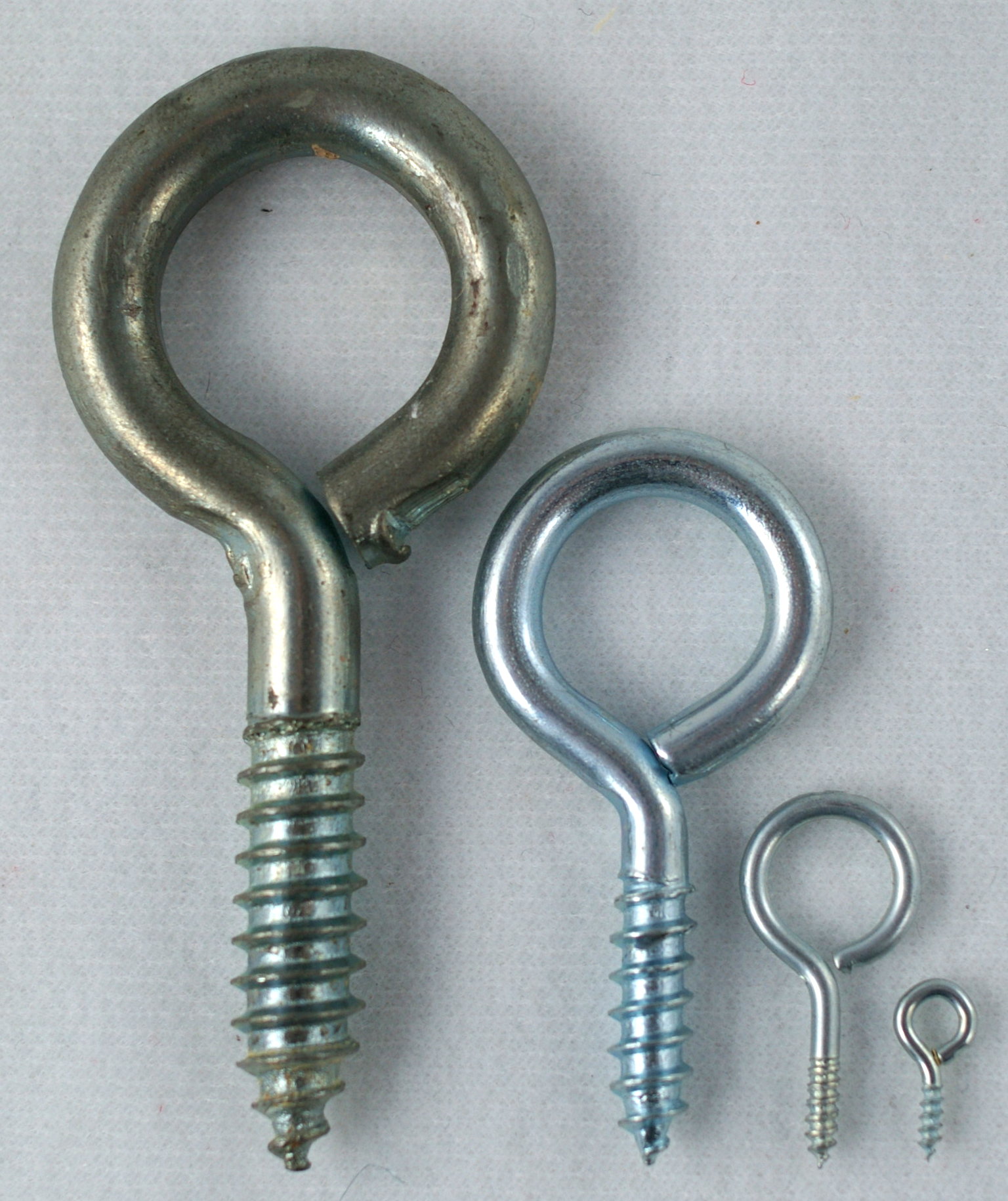 |
| Tent stalls |
The most common types of show stabling are permanent stalls (usually wooden stalls in a permanent building), semi-permanent stalls (portable stalls in a permanent building) and tent stalls (portable stalls under a tent). Portable stalls can be made of wooden slats, puckboard (increasingly common) or vinyl/styrofoam. The advantage of portable stalls is that they can be reconfigured based on your needs, either to remove a partition to create a bigger stall or to open up a display stall. Permanent stabling is generally stronger, drier and more user-friendly.
 |
| Semi-permanent stabling |
Must-haves:
- Buckets and snaps: Bring at least two buckets per horse. You can use one as a water bucket and one as a feed bin or, on hot days, fill both with water so that you don't have to worry about dragging the hose out between classes.
- Hose: Usually there are more groups of horses stabled together than there are hose connections, but it's a good idea to bring your own hose anyway in case someone else forgets to bring one, you're stabled away from others, you need to connect two hoses together to reach your last stall, or there's a separate bathing area without hoses supplied.
- Screw eyes: Use these to attach your buckets to the wall in wooden stalls. If you're stabled in portable stalls, there will be rings hanging from the walls or you can loop baling twine around a bar and snap on to that.
- Baling twine: Yes, you can take it off of the hay that you bring, but you have the greatest need for baling twine on the arrival day before you have opened any hay. Use it to hang things, tie doors back, create blanket racks, tie tent flaps up, etc.
- Saddle and bridle racks: Pretty self-explanatory!
- Duct tape: Use it to fix hoses, create name plates, tape electrical cords safely, etc.
- Mounting block: It's best to bring your own so that you don't have to ask to borrow someone else's every time you mount up, and you can bring it to the ring with you.
- Wheelbarrow: You will need something to transport manure to the manure pile, and wheels are a must since it can be quite far away.
- Pitchfork: Self-explanatory.
- Rake or broom: Clean up your aisle, both to look good and so that no one else will need to walk through your mess.
- Shovel: If it rains and you're in temporary stabling, chances are you'll be digging trenches.
- Flashlight: The overhead lights often don't work in tent stabling, so a flashlight is needed for night checks.

Bring if you can:
- Hammer and nails: Very useful for setting up a tack room in wooden stalls (remove the nails before you leave).
- Tarp: You can often leave your hay under the overhang between the last stall and the end of the tent or building, but if the overhang is almost non-existent, use a tarp to protect your hay from the rain. You can also bring it to the warm-up ring to use as a liverpool.
- Hose end or pistol: When you're watering horses in a packed aisle, the last thing you want is to get water over everyone's tack boxes and horses. Bringing a hose end will let you shut the water off between horses without going back to the tap (which could be very far away). They're also great to use while bathing your horse to prevent the area from getting too muddy.
- Cross-ties: Use either real cross-ties or extra lead ropes to give yourself a clean area in which to groom horses.
- Stall guards: Sometimes the stall doors can be a pain to open and close. Having a stall guard will allow you to keep the door open when you make trips to and from the tack stall. You can also use stall guards as blanket racks.
- Shelving: Portable shelving is very useful in tack stalls and grooming areas as it allows you to stack vertically instead of having everything on the ground.
- Hay and shavings: You can buy them from the horse show, but they will be expensive so it's best to bring them from home if you have room in your trailer.
- Chairs: Creating a seating area will give you somewhere to rest your feet without getting yourself dirty by sitting on a mounting block or a hay bale.
- Tack cleaning hook: It will be much easier to clean your tack from a proper hook instead of trying to hang it somewhere else where you can't see well or where it risks falling on the ground.
- Extension cord: Use it for fans, clippers, etc.
- Box fan and bungees: Stalls can get hot in the summer so some horses like to have a box fan bungee-corded to the stall front. Make sure to tape the cords well out of the way of teeth.
- Lots of extra snaps and hooks: You never have enough places to hang things in the tack room and snaps get broken or lost. Extra snaps can also be used to add extra security to the metal latches on permanent stalls.



No comments:
Post a Comment